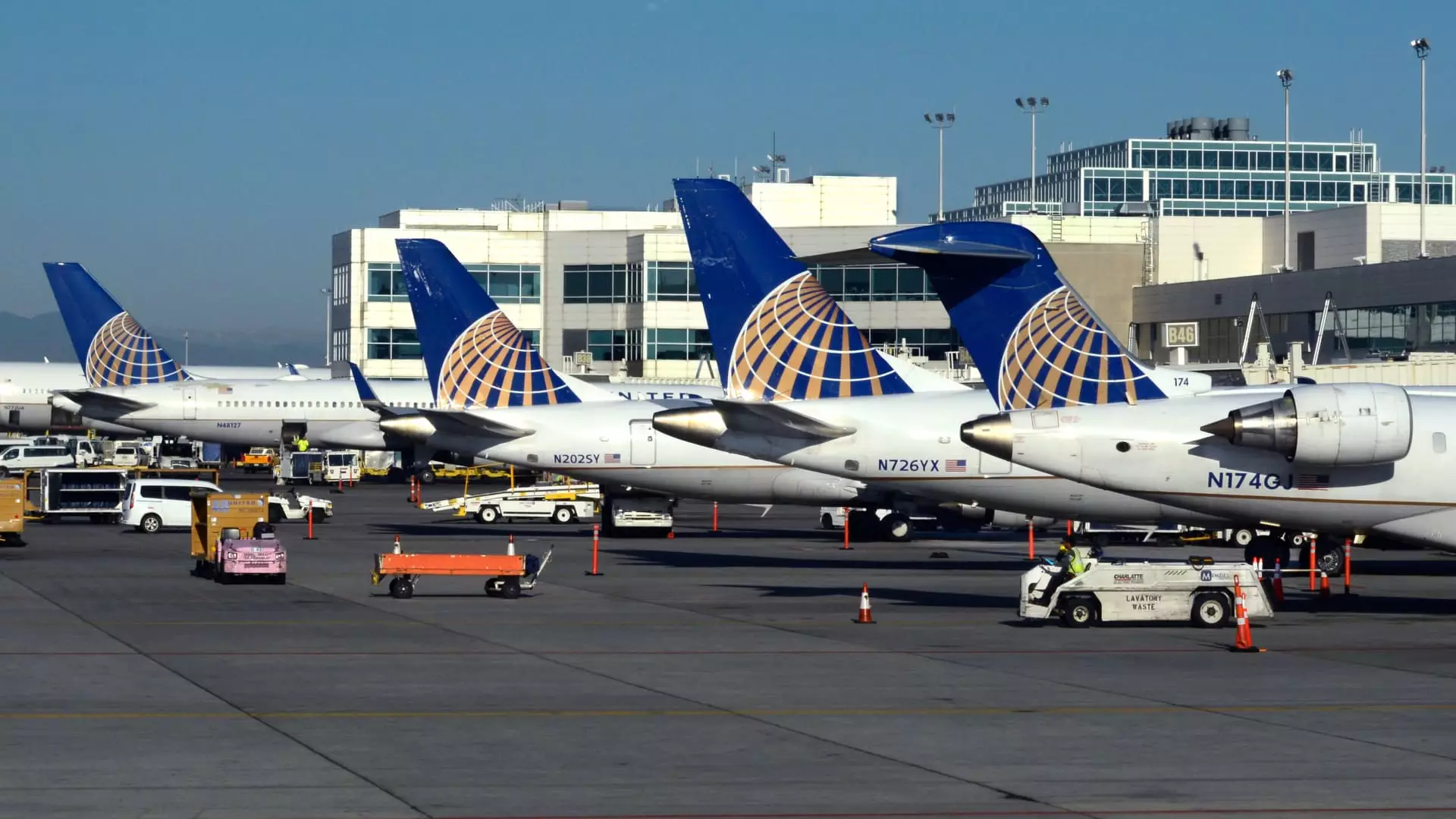United Airlines’ recent decision to hike fees for its airport lounge memberships and rewards credit cards raises significant eyebrows among frequent travelers. By increasing costs while simultaneously introducing limited new benefits, United seems to be gauging just how much consumers are willing to tolerate before they push back. The sad truth is that many consumers have become so accustomed to purchasing travel perks that they may not even register this shift in pricing as a major issue. Still, there must be a line drawn in the sand, else this trend will only continue to escalate.
Balancing Benefits and Costs
Richard Nunn, the chief executive of United’s MileagePlus loyalty program, asserts that the increase in fees is justified by the addition of new benefits like rideshare credits and award flight discounts. This rationale feels like a flimsy attempt to cover up the fact that value is increasingly being sacrificed at the altar of corporate profit margins. Won’t travelers begin to realize that it’s just a façade? As airlines increasingly turn to loyalty programs for additional revenue, we might see a tipping point where mere perks become incentives to bury hidden costs, further alienating customers even more.
The Crowding Issue and the Illusion of Prestige
Nunn notes that the influx of approximately 17 million new MileagePlus members has led to overcrowding in airport lounges, sparking a debate about who truly deserves access to these spaces. In a world where access is being monetized, the concept of exclusivity feels tarnished. Premium-credit-card holders and elite status members—who were once the envy of their peers—now have to contend with packed lounges and watered-down experiences. This alteration in the travel landscape begs the question of whether enhanced access should come with a price increase at all.
The Travel Industry’s Growing Reliance on Loyalty Programs
United is not alone in its strategy; other airlines, including American and Delta, are following suit with similar fee hikes and tightened membership criteria. This trend reflects a deeper issue within the travel industry: an over-reliance on loyalty programs as a means of boosting revenue. United’s reported $3.49 billion in “other” revenue underscores the fact that airlines are turning to loyalty initiatives not just to enhance customer experience, but rather as a cash cow to recoup losses or boost profit margins. Such business approaches risk alienating customers rather than fostering genuine loyalty.
The Need for Consumer Backlash
Travelers are reaching a fractious point where they must band together and demand better accountability from airlines. Increased fees disguised as luxurious perks could easily lead to disenfranchisement among core customers—the very ones who make travel a viable option for these airlines. Consumers should be vigilant and voice their frustrations firmly, for complacency may leave them at the mercy of chains that see them as mere revenue streams rather than valued patrons. The road ahead is unclear, but if travelers collectively resist these undue changes, perhaps airlines will rethink their escalating tactics.

